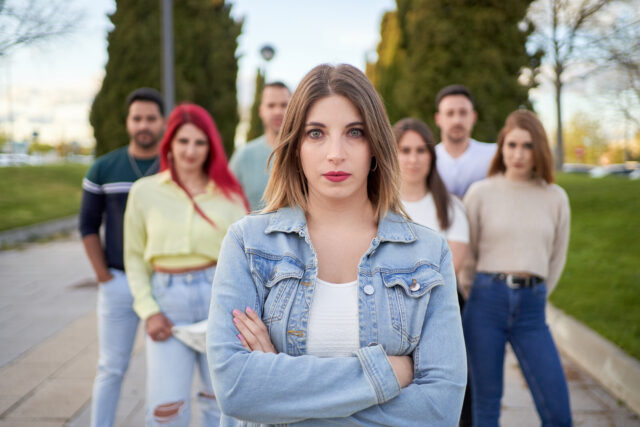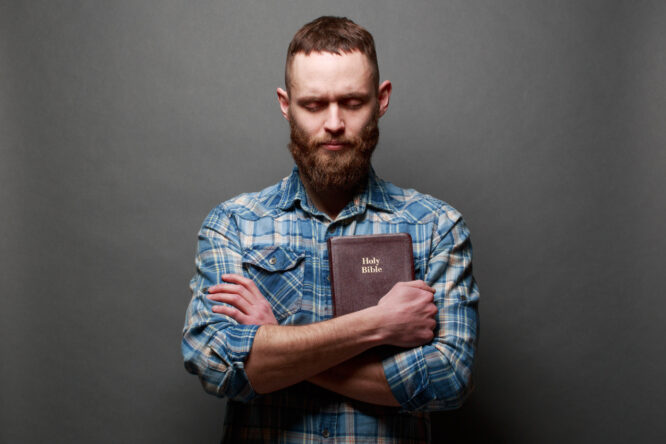We love our furry friends and often want to just squish them, kiss them, and generally shower them with affection.
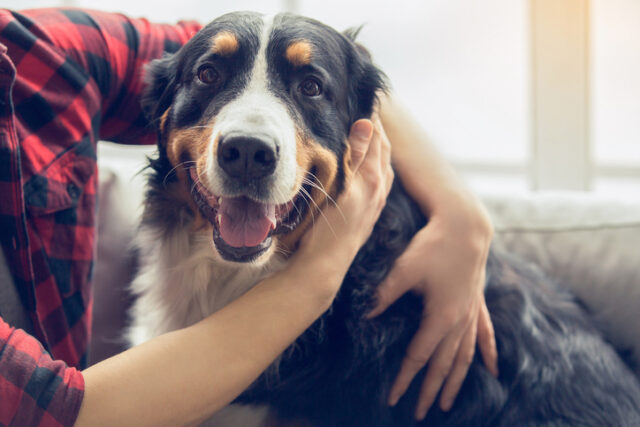
However, have you ever noticed your dog looking uncomfortable when you go in for a hug? (If not, lucky you — my dog hates it, and I’m obsessed with him!) As it turns out, many dogs aren’t fans of this human display of love. Here’s why your canine companion might be dodging your embraces.
1. Dogs don’t naturally hug each other.

In the canine world, wrapping limbs around another dog isn’t a sign of affection. It’s actually more often associated with dominance or wrestling. When we hug them, we’re imposing a very human behaviour that doesn’t translate well into dog language.
2. Hugs can feel restrictive.
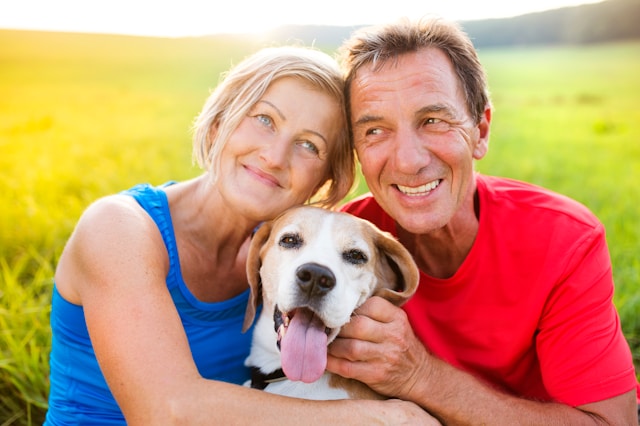
Dogs value their freedom of movement. A hug, from their perspective, is like being trapped. It limits their ability to run away if they feel threatened, which can make them feel anxious. Even if they trust you, the feeling of being constrained can be unsettling for them.
3. It can be seen as a threat.
 Source: Unsplash
Source: Unsplash In dog body language, putting a limb over another dog’s back or shoulders can be a sign of dominance. When we hug them, we might inadvertently be sending a signal that we’re trying to assert ourselves over them. This can be confusing or even scary for your pup.
4. Face-to-face contact can be intimidating.
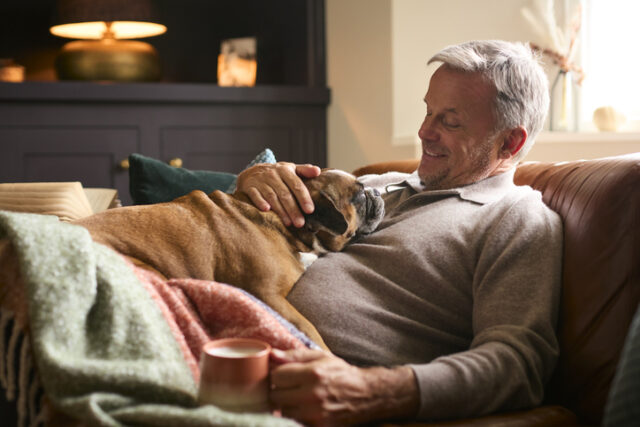
When we hug our dogs, we often bring our faces close to theirs. In the canine world, direct eye contact and face-to-face interactions can be seen as confrontational. It’s not how dogs typically show affection to each other, so it can make them uncomfortable.
5. It interferes with their stress signals.
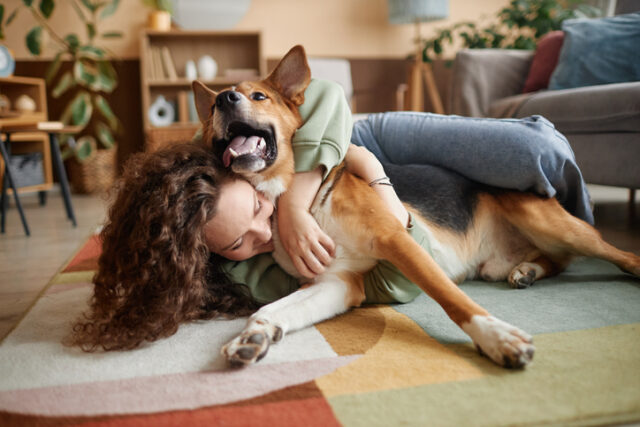
Dogs have subtle ways of showing stress, like licking their lips or yawning. When we hug them tightly, we might miss these signals or even prevent them from displaying them. This can lead to increased anxiety for your pet as they can’t communicate their discomfort effectively.
6. Some dogs are touch-sensitive.
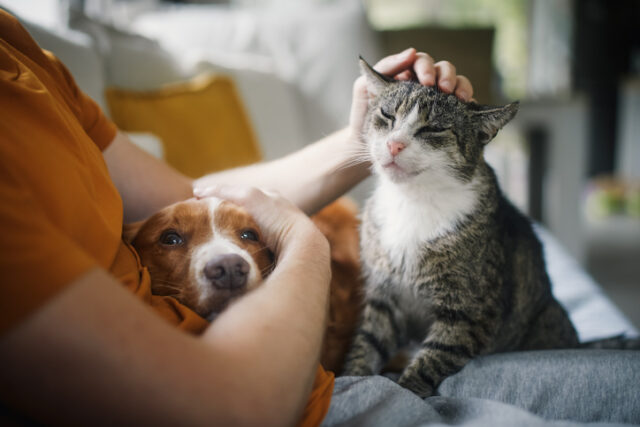
Just like humans, dogs have individual preferences when it comes to physical contact. Some are naturally more touch-sensitive and prefer less hands-on affection. For these dogs, a hug can be overwhelming, even if it’s from someone they love and trust.
7. Past experiences may play a role.
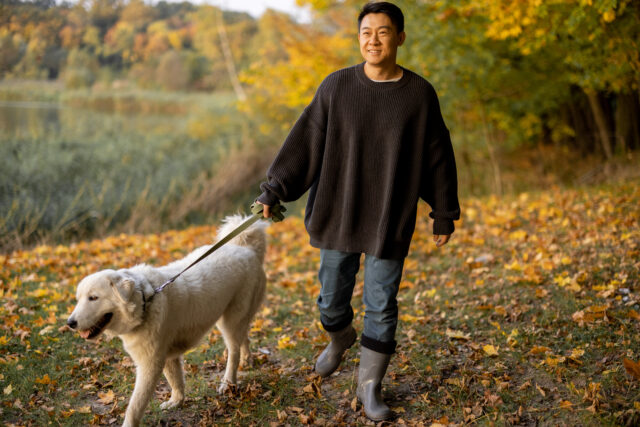
If a dog has had negative experiences with being restrained or handled roughly in the past, they might associate hugs with those unpleasant memories. This is especially true for rescue dogs who may have unknown histories. Their aversion to hugs could be a learned response from past trauma.
8. It can trigger their flight response.
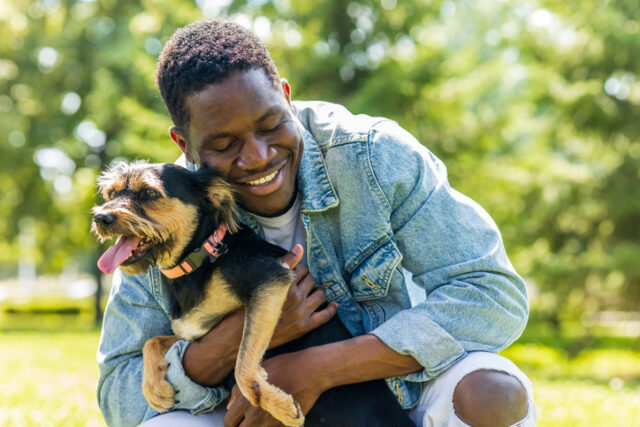
Dogs have a natural instinct to run away when they feel threatened. A hug can trigger this flight response because it prevents them from easily escaping. Even if there’s no real danger, the inability to quickly move away can cause stress and anxiety for your furry friend.
9. They might tolerate it, but not enjoy it.
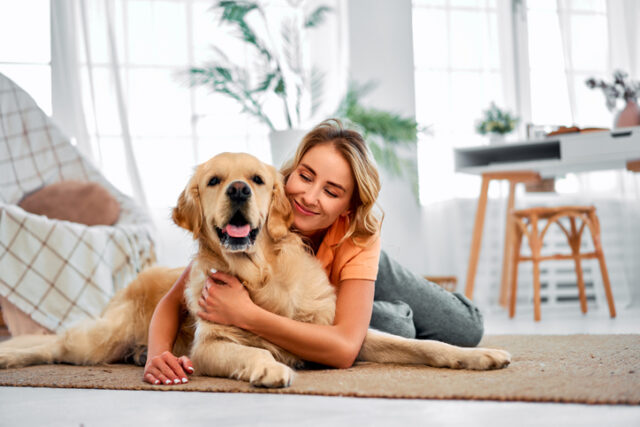
Some dogs will put up with hugs because they want to please their owners. However, this doesn’t mean they like it. They might be enduring the hug rather than enjoying it. It’s important to recognise the difference between tolerance and genuine enjoyment in your pet’s body language.
10. It can be overstimulating.
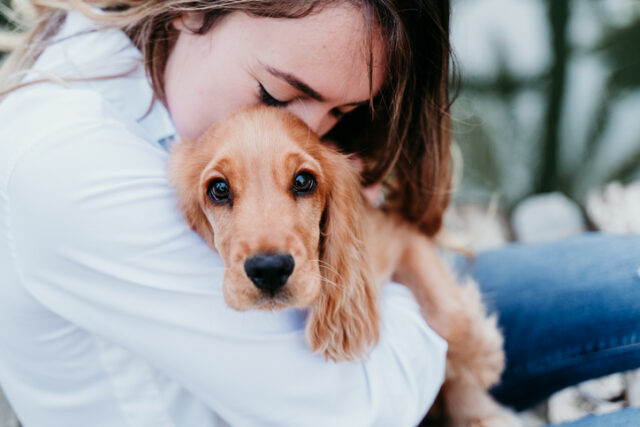
Dogs process sensory information differently than humans. A hug involves a lot of touch, close proximity, and sometimes even sounds (like cooing or baby talk). For some dogs, especially those who are more sensitive, this combination can be overstimulating and stressful.
11. They prefer other forms of affection.
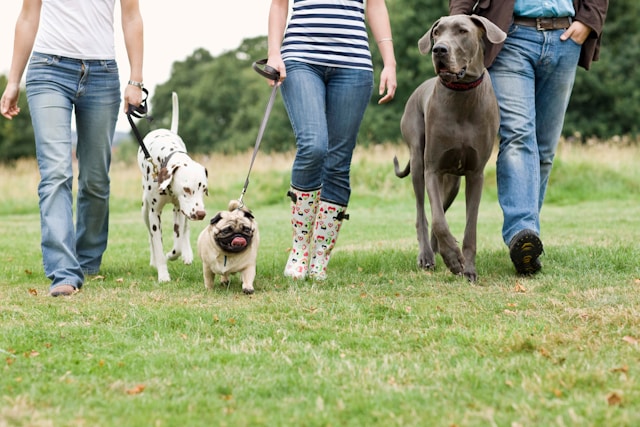
Dogs typically show and receive affection in ways that don’t involve hugging. They might prefer a good belly rub, a game of fetch, or simply sitting quietly beside you. These activities align more closely with natural dog behaviours and can be more enjoyable for them than a hug.
12. Size difference can make it uncomfortable.
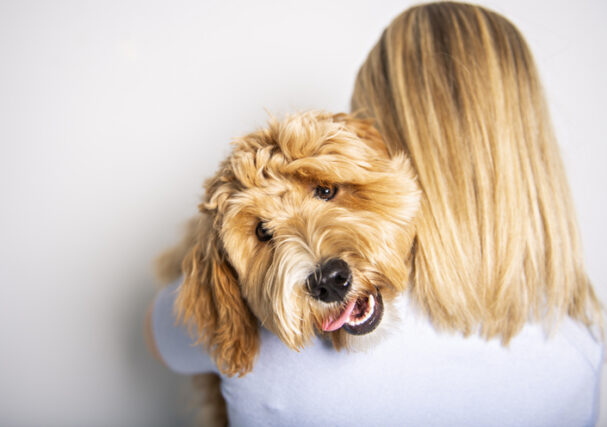
For smaller dogs especially, a human hug can feel overwhelming due to the size difference. It might feel like a giant creature is swooping down and enveloping them. This can be scary, even if they know and trust you. Larger dogs might feel less threatened, but could still find the experience uncomfortable.
13. It interrupts what they were doing.

Dogs are often focused on their own activities — niffing, playing, or resting. When we swoop in for a hug, we’re interrupting their natural behaviours. This sudden change can be jarring for them, especially if they were engrossed in something important (to them).
14. They can’t easily reciprocate.

Hugging is a very human way of showing affection. Dogs can’t hug us back, which can create a one-sided interaction. They might feel confused about how to respond or return the affection in a way that makes sense to them. This mismatch in communication styles can lead to stress or discomfort.


